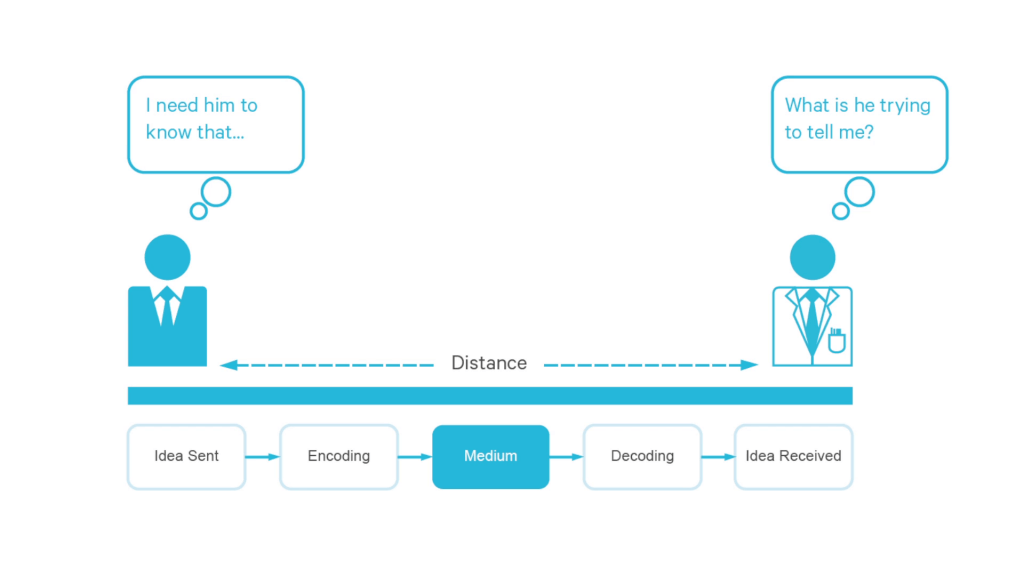Basic Radio Awareness
Introduction to Radio Communications Principles
What is Communication?
Communication begins when somebody wants to convey information to somebody else. That information must be presented as some kind of pattern. For example, speech is a pattern, smoke signals are a pattern, talking drums are a pattern, telephone calls are pattern, Morse code is a pattern.
These patterns then travel over a communication channel, typically involving a medium. For instance, smoke passing through air, electrical signals passing through wire, or speech passing through the atmosphere as a series of pressure waves.
Once the pattern reaches the recipient, it needs to be decoded and it needs to be understood. Somebody needs to understand what the dots and dashes of Morse code mean or what the patterns of smoke signals mean, or simply to process the sounds that make up human speech.
Lastly it’s received in a form in which the recipient can actually understand the information and act on it. That’s the basic model of all types of communication.
This is the way in which radio communication works. Somebody speaks into a radio, it gets encoded or turned into a pattern by the transmitter. It then gets sent as electromagnetic waves through a communication channel (the atmosphere), which is received by receiving a radio. It gets decoded so the pattern is understood, and it get converted again to sound that the receiver understands and can act on.
 Radio Academy
Radio Academy






